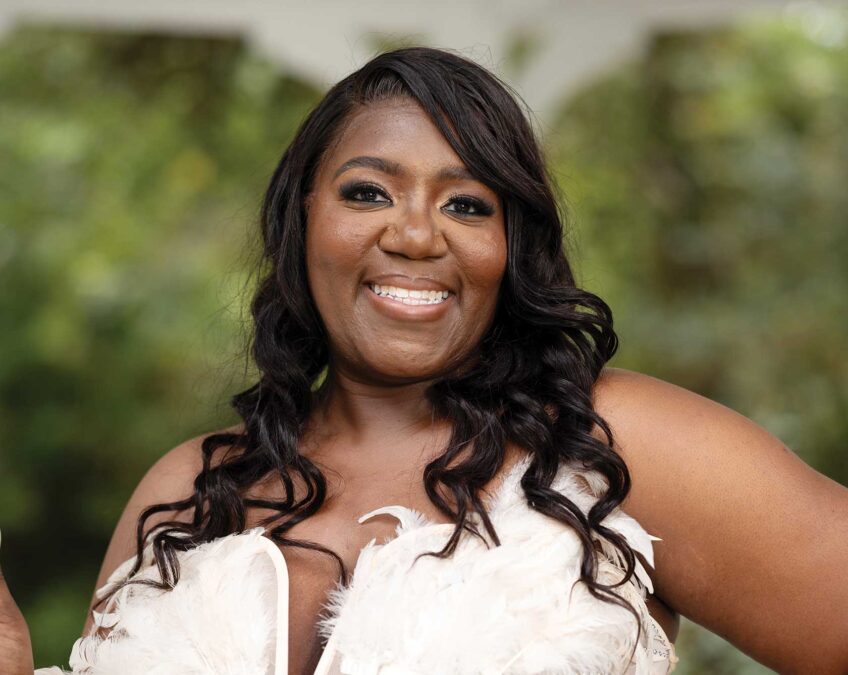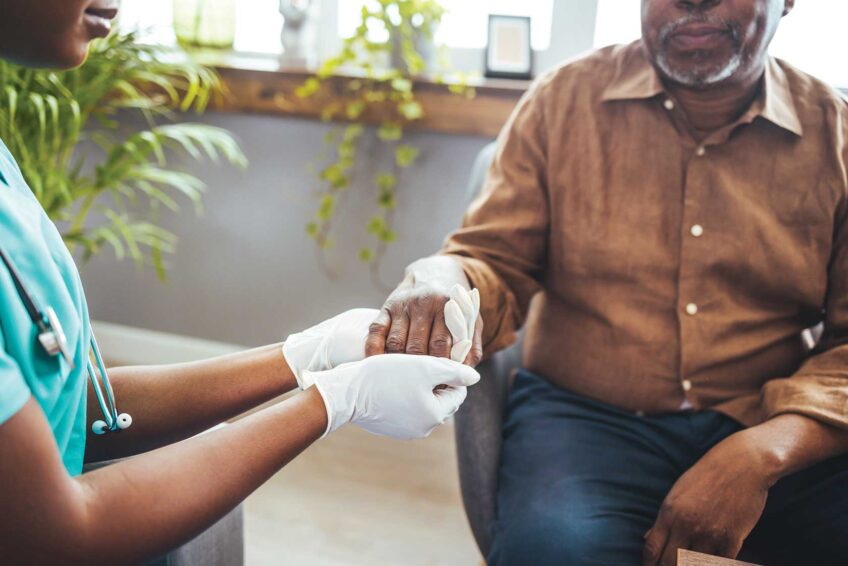
People tend to use the word “depressed” rather loosely. They often mistake depression for grief or sadness. Although the conditions share some traits, they are actually quite different.
Types of depression
Major depressive disorder: This disorder, often just referred to as depression, is marked by severe symptoms that interfere with your daily life. The symptoms must be at least two weeks in duration. An episode can occur only once in a person’s lifetime, but more often, a person has several episodes.
Persistent depressive disorder: This form of depression has less severe symptoms than major depressive disorder and lasts usually two years or more. It also can interfere with normal functioning.
Bipolar disorder: Also called manic-depression, bipolar disorder is characterized by mood changes that cycle from extreme highs (mania) to extreme lows (depression).
Depressions that develop under unique circumstances:
- Psychotic depression: Occurs when a person has severe depression plus some form of psychosis, such as having delusions or hallucinations.
- Postpartum depression: Occurs in 10 to 15 percent of women after giving birth.
- Seasonal affective disorder (SAD): Characterized by the onset of depression during the winter months, when there is less natural sunlight.
It is normal to experience grief or sadness in response to a loss or something unpleasant in life. Sadness, however, is not constant and is interspersed by lighter moods. It also tends not to affect a person’s functioning. Sadness and grief eventually subside. Depression does not.
The disorder can affect anyone. It knows no bounds. Both genders, all ages and all races are targets. Celebrities are not exempt. Halle Berry, Alicia Keys and Kanye West have all been victims. Even Serena Williams, who is ranked number one in women’s singles tennis, admitted that she at one time had been afflicted.
The medical term is major depressive disorder. Its diagnosis involves a detailed examination of symptoms that have interfered with one’s normal functioning at work and at home for at least two weeks. The DSM-V (Diagnostic and Statistical Manual of Mental Disorders, 5th edition) is the standard classification of mental disorders and the bible of mental health practitioners. It serves as a universal authority for psychiatric diagnosis.
According to the DSM-V, there are nine distinct symptoms of major depressive disorder — changes in appetite and sleeping, loss of energy and difficulty in making decisions, for example. An individual who experiences at least five of the nine symptoms is diagnosed with depression, according to Dr. Albert S. Yeung, a psychiatrist at Massachusetts General Hospital. In addition, according to Yeung, one of the five symptoms must be depressed mood or loss of interest in activities one usually enjoyed.
Depression is one of the most common types of mental illness. The National Institute of Mental Health reports that approximately 15 million people suffer the condition every year. It takes a toll on the economy. In a study published recently in the Journal of Clinical Psychiatry, depression costs $211 billion a year, which comprises direct costs, reduced productivity (workplace) costs and suicide-related costs, which include loss of earning.
It can occur at any age. Women are 70 percent more likely than men to experience depression, but it’s possible that men — less eager to seek help — are undercounted. The incidence in minorities is comparable to that in whites. Depression is common among older people, and is largely precipitated by chronic medical illnesses, financial difficulties and isolation.
Depression is caused by a combination of genetic, biological, environmental and psychological factors. Some types run in families. Other cases may stem from trauma or a very stressful situation. An imbalance in the brain of certain chemicals, such as serotonin, that controls mood may also be a factor. MRIs have shown that the parts of the brain that effect mood, sleep, thinking, appetite and behavior appear to be different from those without depression.
It’s challenging enough to cope with depression alone, but many times it pairs up with other mental health disorders. “It does not protect you from other conditions,” explained Yeung. People can also suffer from PTSD or substance abuse. Anxiety often goes hand-in-hand with depression. “They’re like siblings,” he explained.
Other medical conditions are linked to depression as well. Low levels of thyroid hormone can lead to depression symptoms. Up to 27 percent of people with diabetes have depression, and it’s a two-way street. Diabetes increases the risk of depression and depression may lead to unhealthy lifestyles which increases the risk of diabetes. Scientists also now theorize that depression is actually a risk factor for Alzheimer’s disease.
The good news is that treatments are available and major advances have been made in medications over the years. “There is a new generation of medicines for depression,” Yeung explained. “And they are safer.” If a person does not respond to the initial course of treatment, there are many alternative medicines available. Transcranial magnetic stimulation is a new approach which has been approved by the Food and Drug Administration for treatment of resistant depression. Research studies have shown favorable outcomes, according to Yeung, but so far insurance does not cover the cost, which can be expensive.
In addition to medications, talk therapy or psychotherapy is recommended. Talk therapy is “getting to the meat of the matter.” It involves problem-solving and finding the trigger that precipitated depression. People learn coping skills and how to handle challenges. Talk therapy alone may be adequate treatment for those with milder forms of depression.
In spite of the advances in diagnosis and treatment a high percentage of blacks do not receive treatment for depression. For several reasons. The stigma of mental health remains high in the black community. Some people do not have access to care or lack coverage for services in their health plan. A recent report published in General Hospital Psychiatry found that only 19 percent of Black Americans with major depression received treatment recommended by American Psychiatric Association guidelines. Those with a concomitant medical condition often fared worse; treatment was focused primarily on the medical illness only.
Concerned? Take a screening test:
Lack of treatment has serious results. Not only do people suffer unnecessarily, depression is the leading cause of suicide.
Yeung emphasized that successful treatment also includes self-management. “There’s a new wave of mindfulness that helps alleviate symptoms,” he said. Yoga, tai chi and meditation are an effective complement to treatment of depression.
Depression is curable. A person can have only one episode that is successfully treated. People who have learned good coping skills or know their triggers fall into that category. Others may require longer care, however, especially if they have a history of recurrence or poor response to the initial recommended medication.
Yeung remains optimistic. “People need to understand that depression is a medical disease. It can be overcome,” he said. “Most people with depression get better with treatment.”







